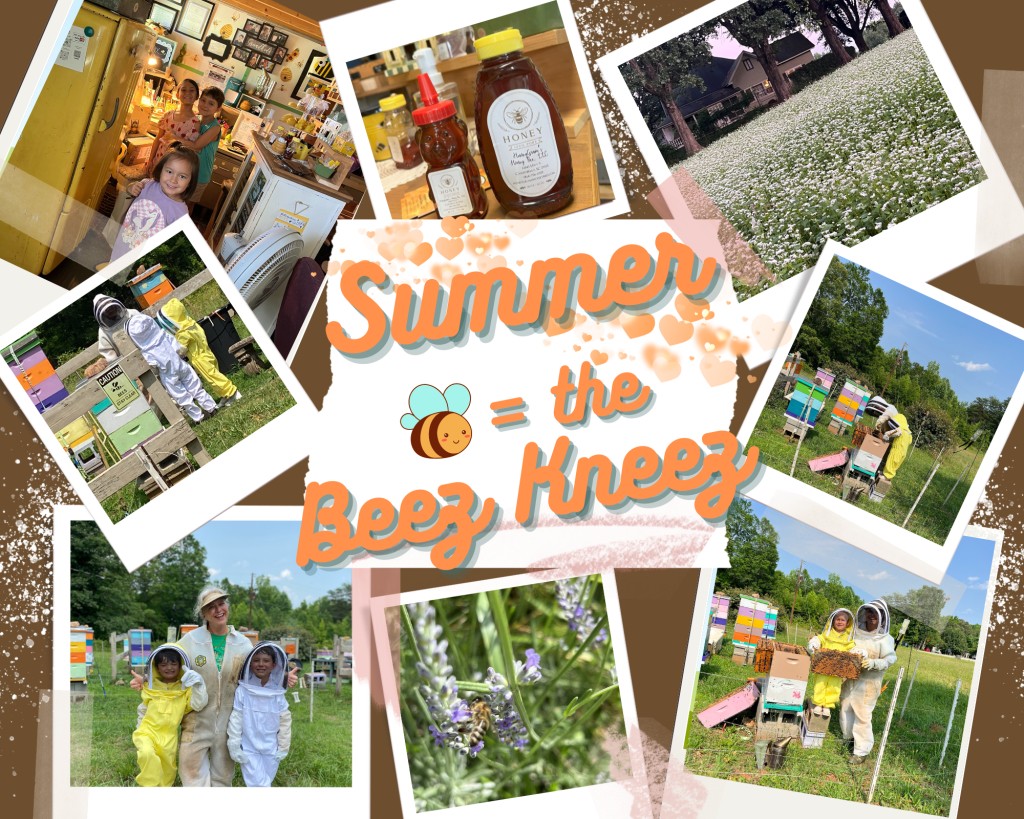
Summer at Huney Hill…

Local Raw Honey, SC Certified Honey House and Extracting, Natural Products from the Hive

The ‘Sold Out’ sign is finally down and the bottling has begun!
Buzzzzz by and see us soon!!!!!

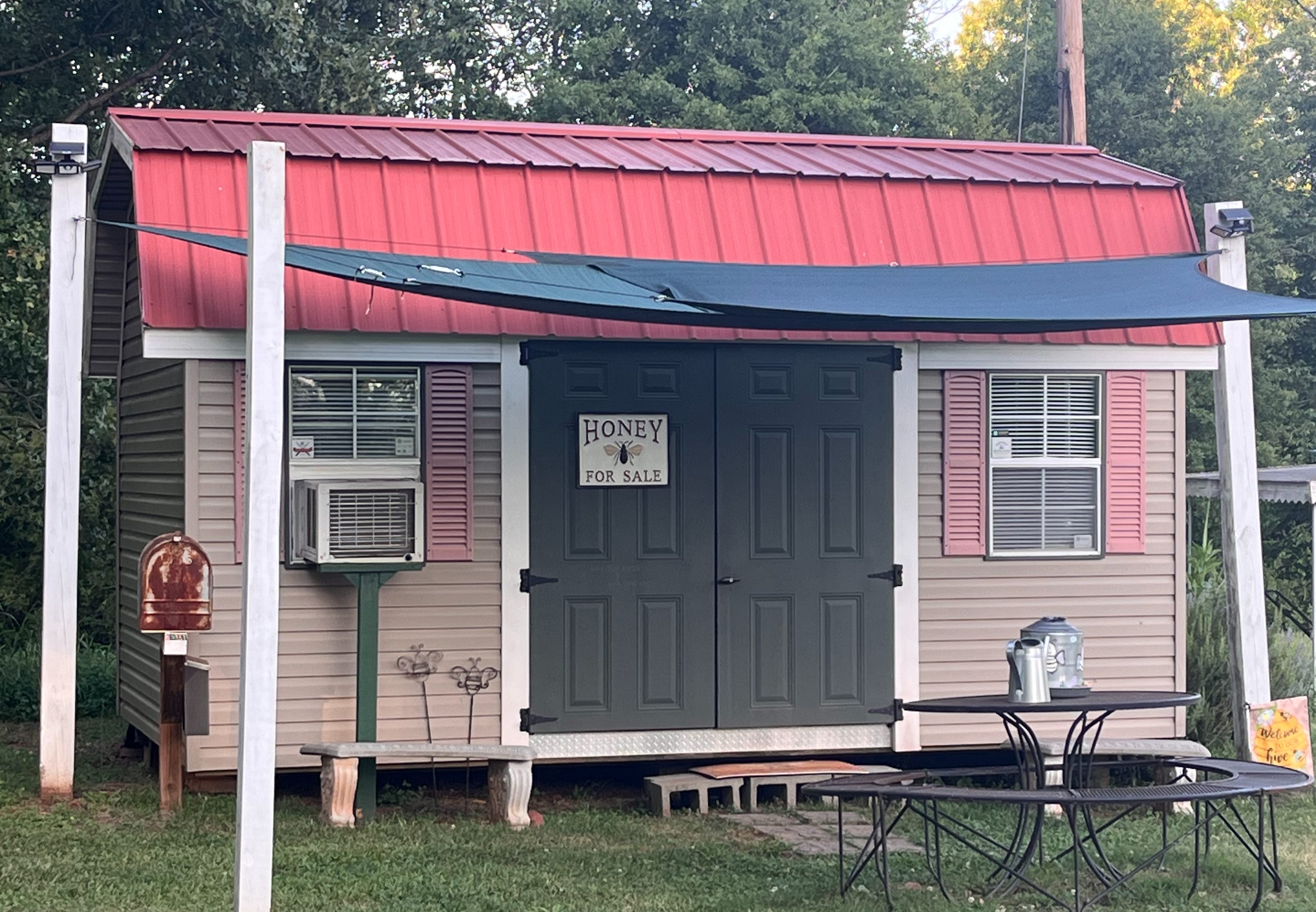







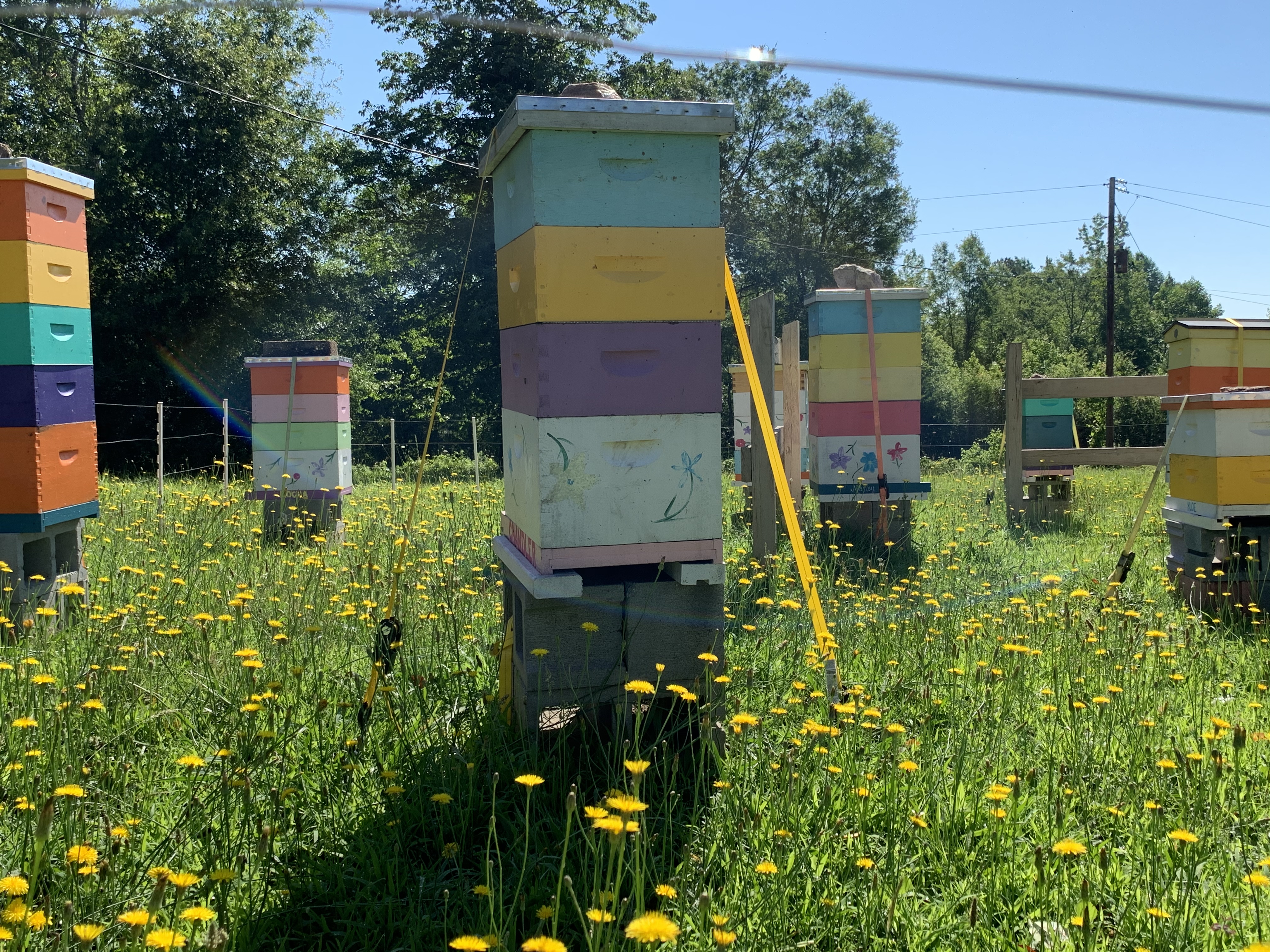
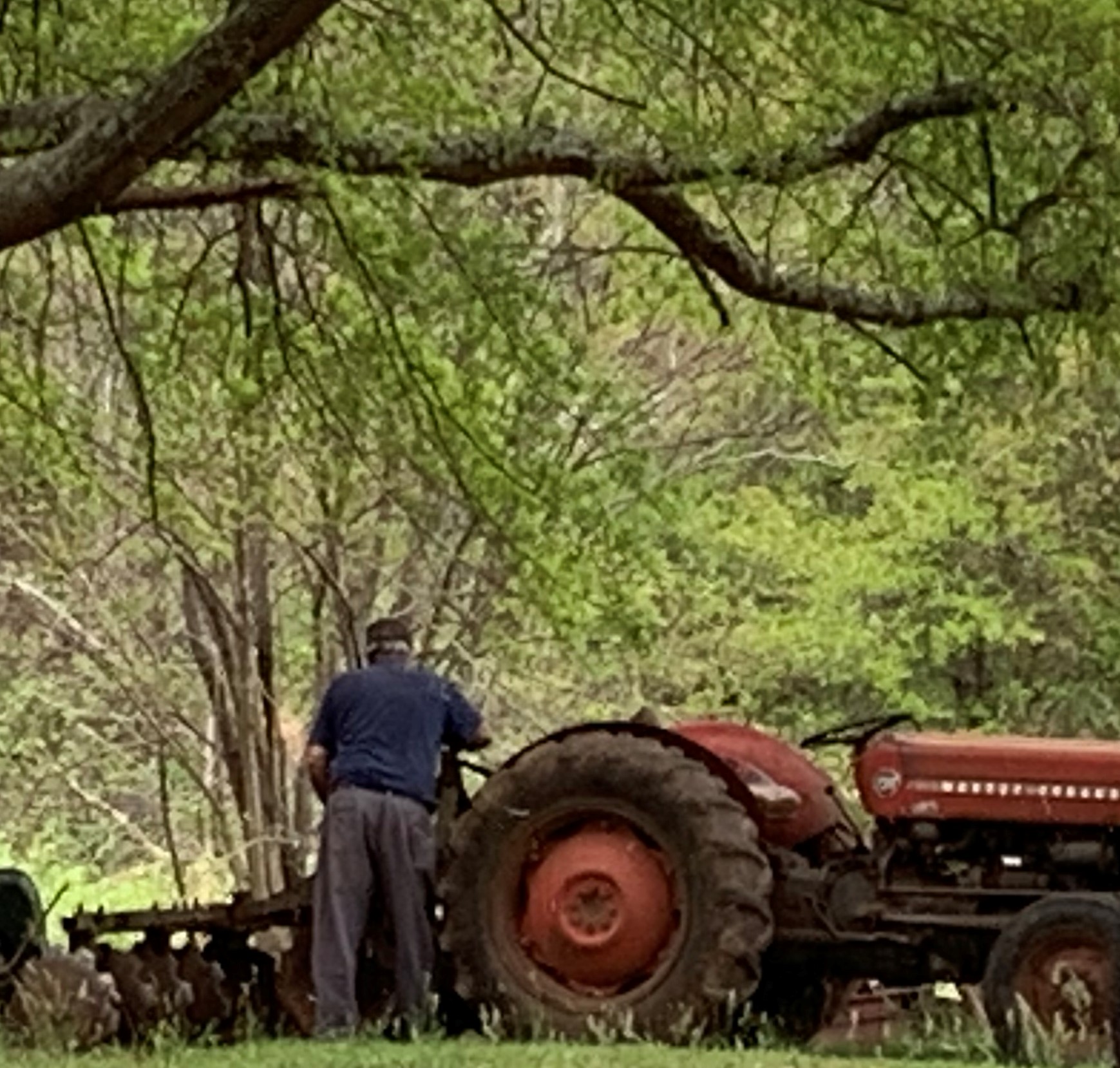



The fields are full of crimson clover for our hard-workin’ ladies to prepare for the upcoming springtime harvest!
Buzz on by and grab some honey to hold you over!
🍯🐝🍯
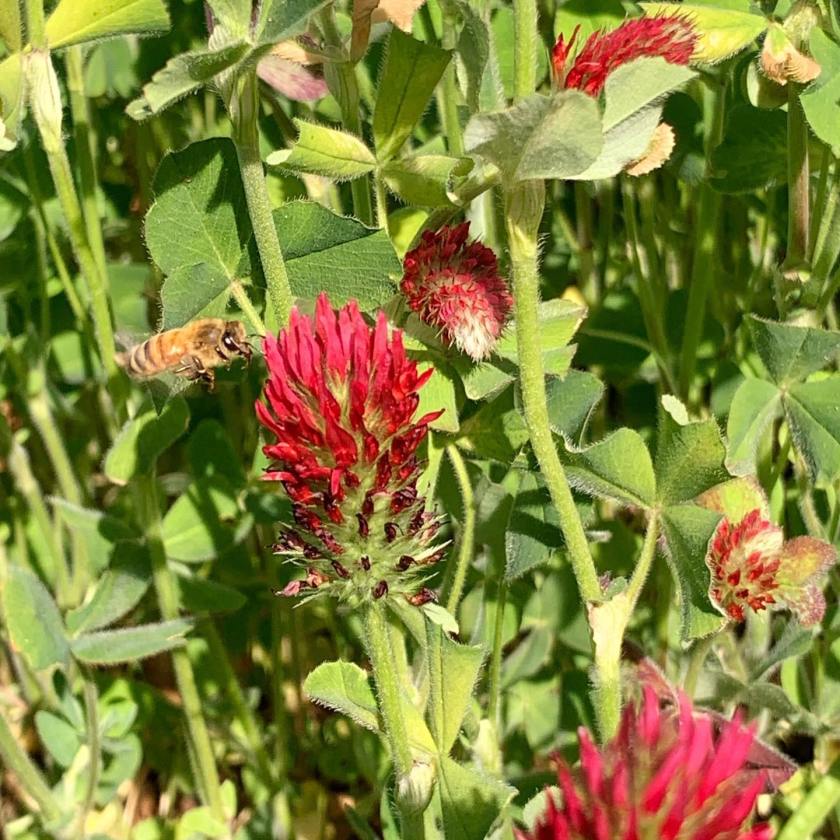
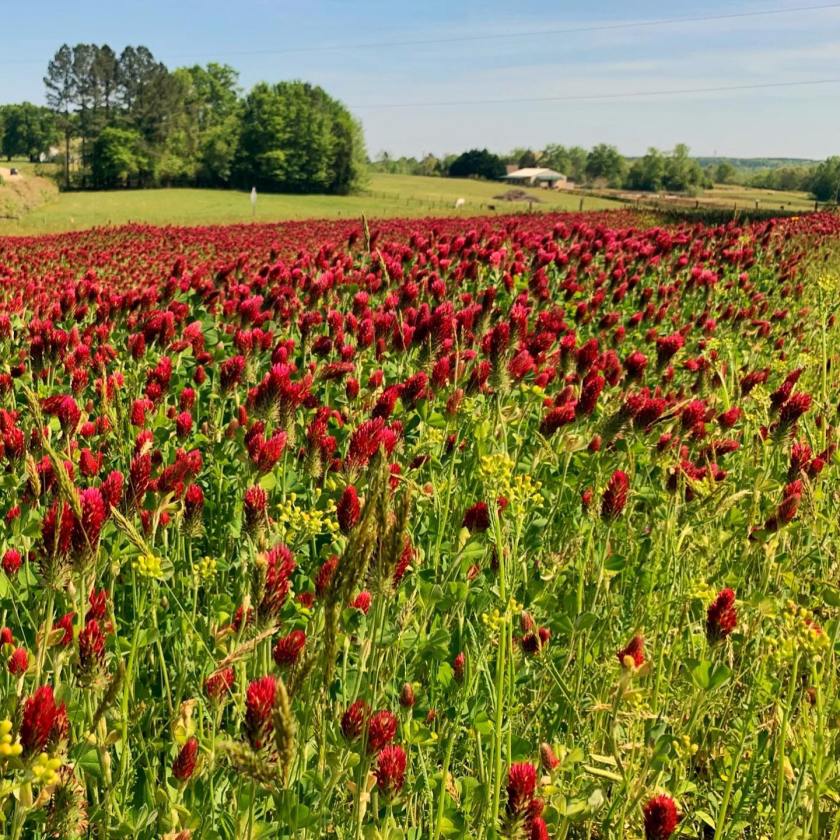
…we’ll be closing down the Honey House on October 3rd…

THANK YOU FOR A WONDERFUL SEASON
& WE CAN’T WAIT TO ‘BEE’ BACK NEXT SPRING!



Busy as a Bee….
A worker bee can make only nine drops (1/12 of a tsp) of honey in her lifetime…
And they are ‘Busy Bees’ indeed…
….summer bees will live only four to six weeks before they literally wear their wings out foraging.
On average honey bees will fly 50, 000 miles and visit 2.6 million flowers
to produce ONE POUND of honey!
To put that in perspective…
A quart of honey is generally 2 and 1/2 pounds….
…..that’s roughly foraging the equivalent of five trips around the earth!
For this and even more interesting info on honey visit The National Honey Board: https://www.honey.com/about-honey

“Why do you have different colors of honey?” This is a question we are asked very frequently. Color and flavor differences in honey are determined by the type of flowers the bees visited to make it.
Honey ranges from nearly clear to dark brown in color, while flavors go from subtle to bold. Generally, the flavor of a light-colored honey is milder and more floral, while the flavor of a darker-colored honey is a more intense rich buttery flavor.
Honeybees will fly a three to five-mile radius to forage for pollen, nectar, and water. At our apiary, we plant ‘bee pastures’ to give our bees plenty of chemical-free nectar and pollen sources to work close to home all season long. We then carefully time the removal of honey supers to capture a premium quality honey from each crop planted.
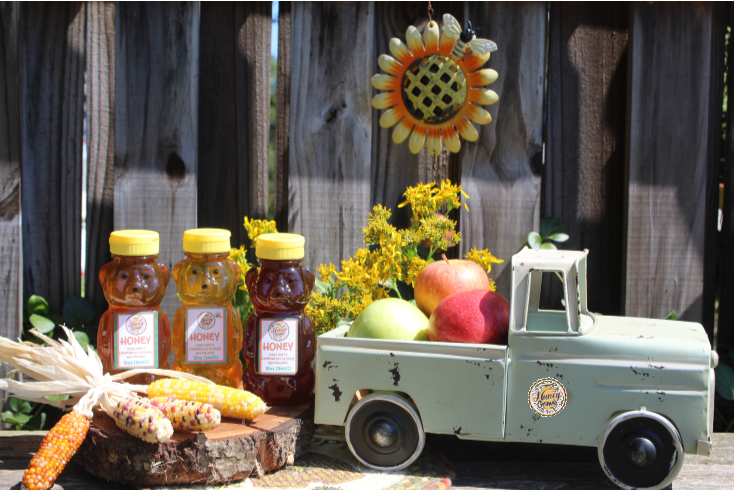
In the spring, we have five different varieties of clover, wildflowers, an array of fruit trees and other pollinator friendly trees, bushes, and plants blooming. This poly-floral environment results in a honey that is very light in color and taste.
As summer advances, the buckwheat crop begins to bloom and intermingle with the trees, shrubs, herbs, sunflowers, and other remaining wildflowers. Buckwheat produces nectar that the bees use to create a dark brown honey. Which means that by our June extraction, the honey has become a golden-amber blend.
When hives are placed in an area that is dense in a certain plant type during the bloom cycle, the bees will work predominantly that plant bloom and you get a ‘mono-floral’ or ‘varietal’ honey like clover, sourwood, manuka, buckwheat, orange blossom, and tupelo.
As summer comes to an end and fall approaches, the buckwheat nectar is still plentiful and highly sought after in the early morning hours when the bees head out to forage. Buckwheat is the dominant crop by this time, so our late summer honey is more mono-floral because of the concentrated amount of buckwheat nectar being brought in. You know it’s been a successful crop when you see that dark brown hue and taste the rich malty …with a hint of sorghum molasses… flavor of buckwheat honey!
So Come By and Taste the Blooms!
and Honey is on the Shelves Just in Time….
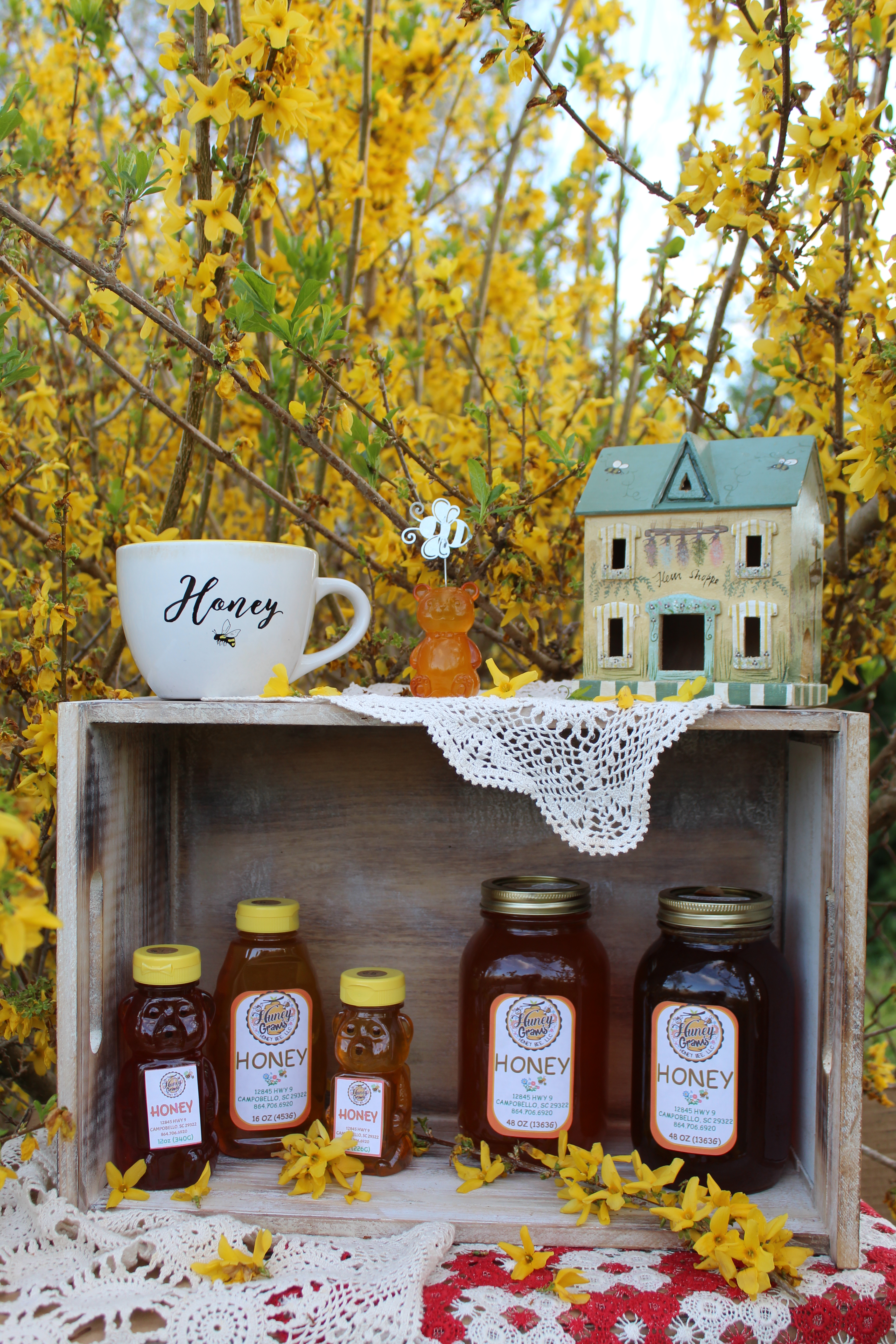

Personalized just for your occasion or
without a label so that your can create your own design!
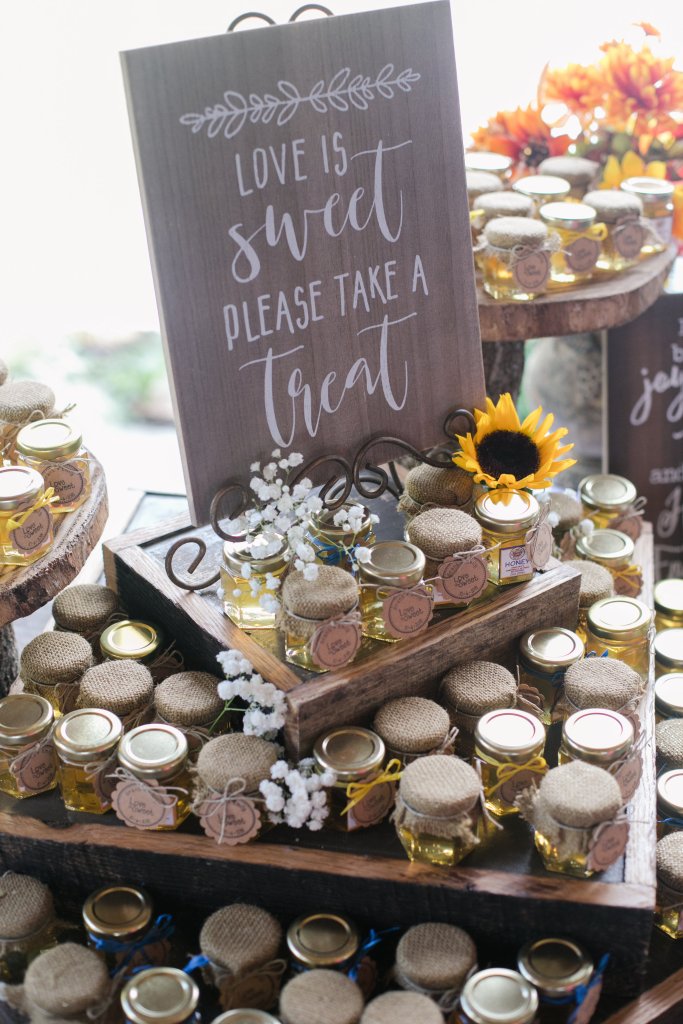

You must be logged in to post a comment.